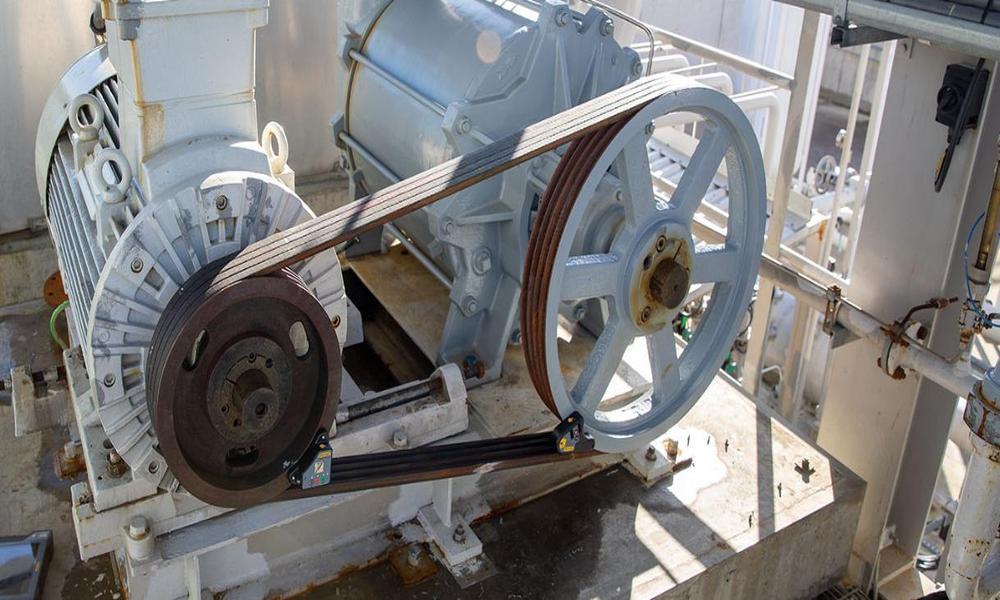In industrial operations, proper belt alignment plays a crucial role in ensuring efficiency, downtime regulation, and profitability. But that’s not all. A safe and healthy workplace environment is only possible when certain industrial threats are kept at bay. Thus, the alignment of belts in machinery is not only essential for optimizing performance.
Crucially, and rather unsurprisingly, it also directly impacts the well-being of employees. By maintaining accurate alignment, companies can prevent potential hazards. Down the line, they even foster a work environment that is more controlled and conducive to superior security and wellness.
Let’s explore the various aspects of alignment and its significant impact on employee health and safety.
The Impact of Misaligned Belts on Workplace Safety
Misaligned belts in an industrial setting can pose significant risks to employee health and safety. When belts deviate from their designated path, they can cause accidents and machinery malfunctions. The potential hazards include
- Increased wear and tear on equipment
- The risk of belt slippage or failure
- The potential for objects to become trapped or jammed in the machinery
To maintain a safe workplace, it is essential to understand the detrimental effects of misaligned belts. The appropriate measures to address them should immediately follow.
Reduced Noise Pollution
Proper belt arrangement not only contributes to the efficient functioning of machinery but also helps create a quieter work environment. Misaligned belts often generate excessive noise due to friction and irregular movement.
This noise pollution can have detrimental effects on employee well-being, leading to stress, fatigue, and reduced productivity. By ensuring precise belt orientation, companies can significantly reduce noise levels, providing a more peaceful and conducive atmosphere for their workforce.
Lower Vibration Levels
Belt levelness directly influences vibration levels in machinery. Misalignment causes uneven forces and irregular motion, resulting in increased vibrations. High vibration levels not only compromise the performance of equipment but also have adverse effects on the health and comfort of employees.
Prolonged exposure to excessive vibrations can lead to musculoskeletal disorders, such as hand-arm vibration syndrome and whole-body vibration syndrome. By prioritizing proper belt flatness, companies can effectively minimize vibration levels, thereby creating a more comfortable and healthier workplace.
Enhanced Equipment Lifespan and Reliability
Proper alignment significantly contributes to the longevity and reliability of equipment. When belts are aligned correctly, they distribute loads evenly, reducing strain on individual components. This balanced distribution helps prevent premature wear and tear, extending the lifespan of machinery.
Furthermore, reliable equipment minimizes the risk of unexpected breakdowns, which can pose safety hazards in the workplace. By investing in regular belt maintenance, companies can ensure a safer working environment and avoid costly disruptions due to equipment failures.
Preventing Workplace Accidents
Belt slippage or failure can lead to severe workplace accidents. Misaligned belts are prone to slipping, causing sudden stops or unexpected movements that can result in injuries to operators or other employees working nearby.
By implementing proper alignment practices, companies can mitigate the risk of accidents and ensure the safety of their workforce. Preventing workplace accidents not only protects employee health but also boosts overall productivity and reduces downtime associated with injury-related absences.
The Case For Employers And Businesses
Chiefly, improved employee health directly translates to enhanced productivity. When workers feel safe and comfortable, they can perform their tasks efficiently and with fewer distractions. Additionally, businesses that prioritize belt alignment reduce liability risks, as they actively promote a safer working environment.
Conclusion
The importance of proper belt alignment cannot be overstated when it comes to maintaining a healthy and safe workplace. By recognizing the impact of misaligned belts on employee well-being, companies can take proactive measures to ensure accurate alignment.
From reduced noise pollution to the prevention of workplace accidents, proper belt realignment significantly contributes to a healthier work environment. So, it is crucial for organizations to prioritize alignment as a fundamental component of workplace safety.

